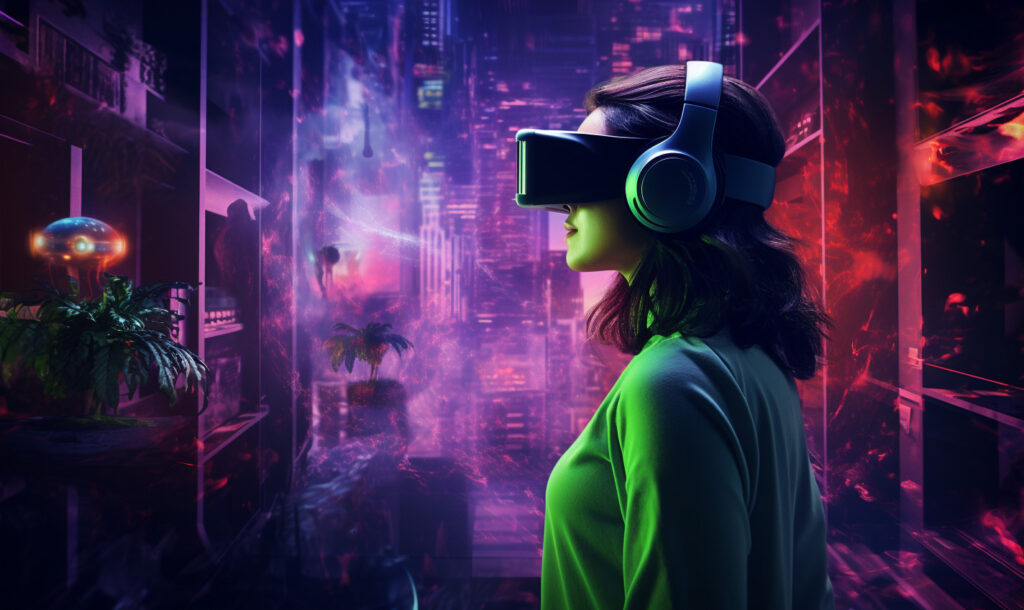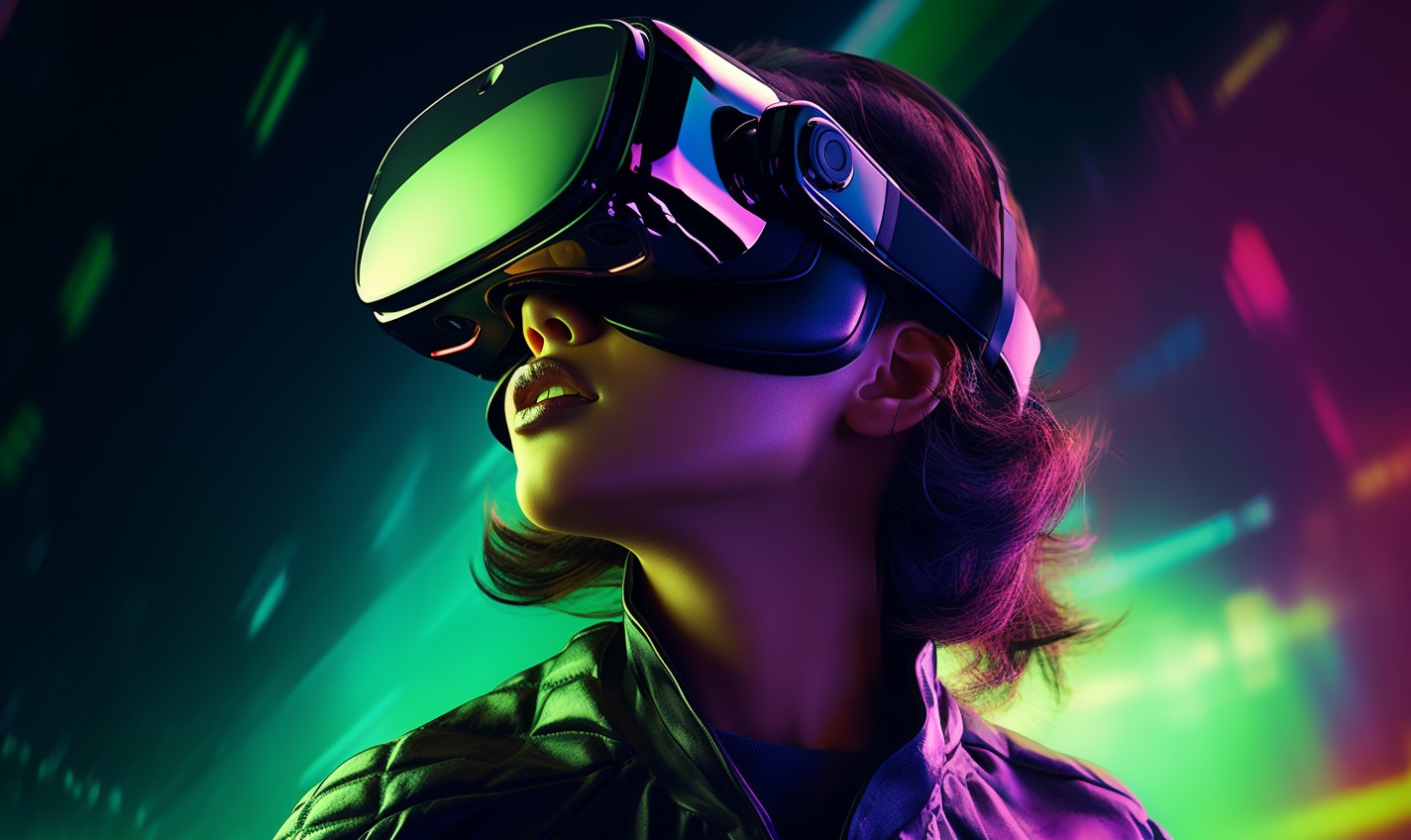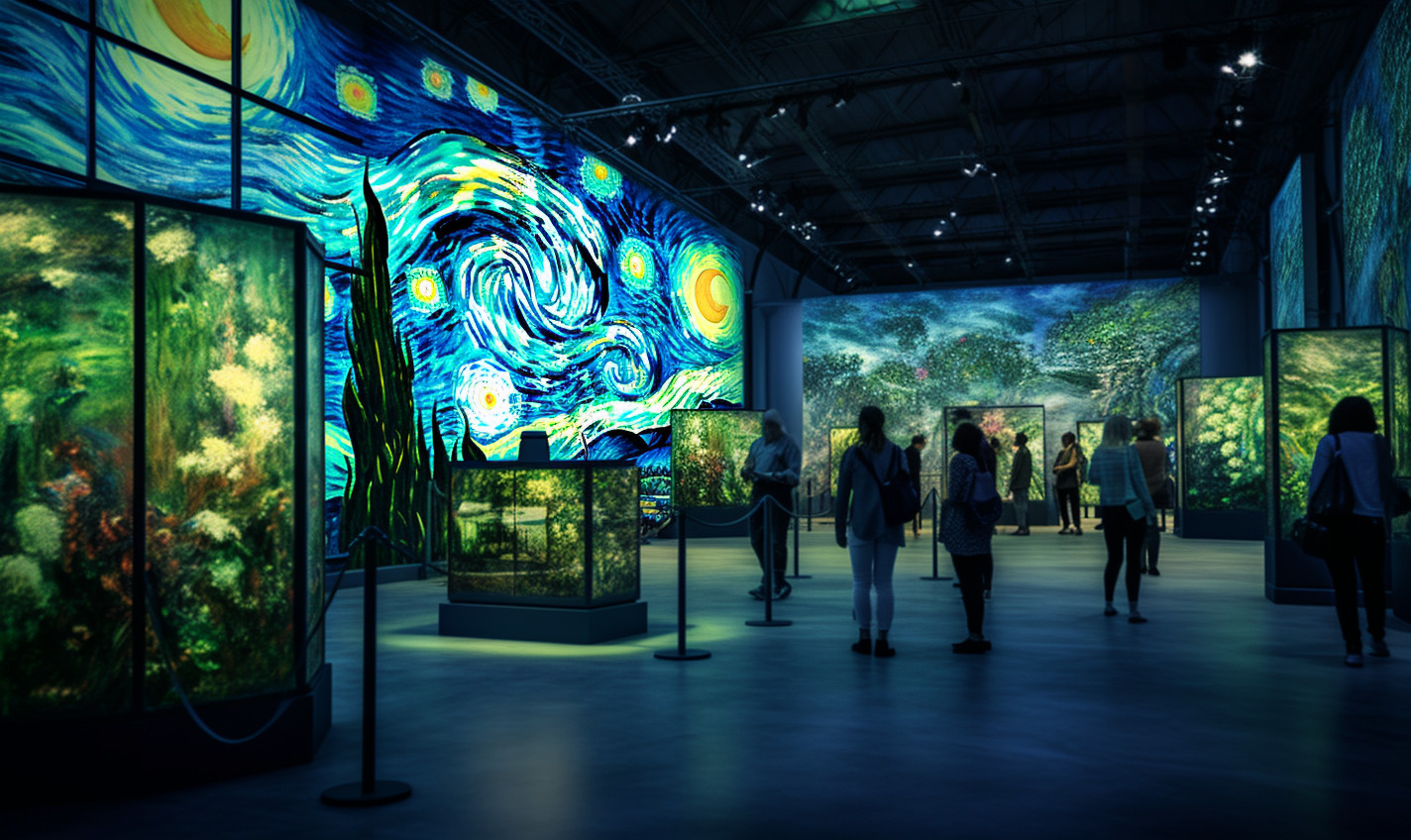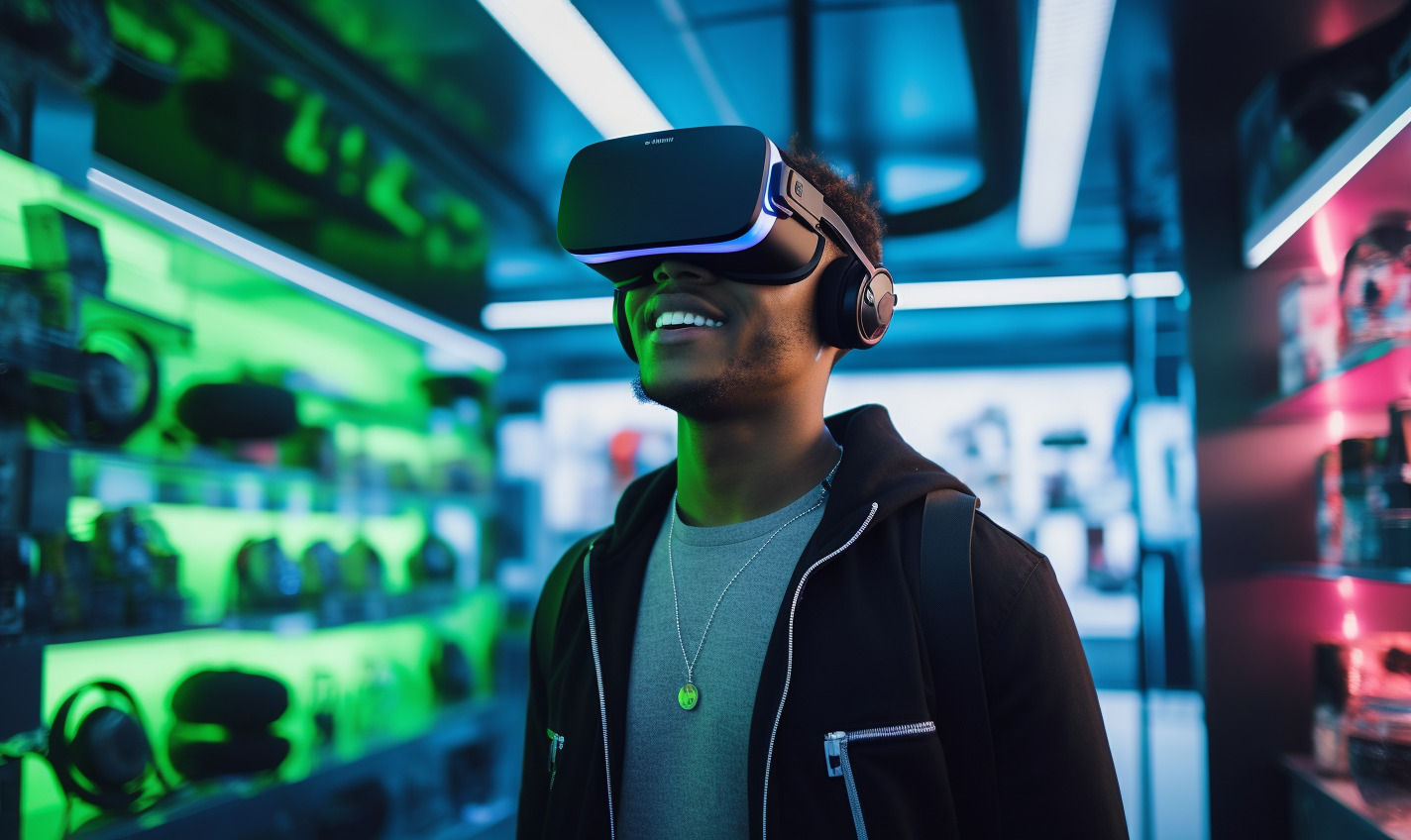Although virtual reality has been the aspiration of many individuals for decades, years of research and development are finally beginning to bear fruit. The technology may still be in the rudimentary stages, but what happens now could shape the trajectory of the technology for years. It’s an exciting time for designers, game developers and consumers alike.
So where does virtual reality technology stand today? Let’s examine three of the latest virtual reality gadgets to hit the market.
Oculus Rift
Oculus Rift has been generating much deserved buzz since the successful Kickstarter campaign in 2012 that raised $2.4 million and made founder, Palmer Luckey, a familiar name in tech circles. Luckey’s virtual reality head-mounted display device was designed as an improvement on the limited field-of-view of existing gaming peripherals. What he created was the first consumer-targeted virtual reality headset.
Although the development kits have been available for earlier incarnations of Oculus Rift, the latest version won’t be available until early 2016. With a resolution of 1080×1200 per eye, a 90 Hz refresh rate, lower latency, integrated headphones with spatialized audio and a wide field of view, the latest version of the Rift has come a long way since its early prototypes. 6 degrees of freedom rotational and positional tracking also allows users to use the device while sitting, standing or walking around.
The latest design is lighter than previous versions, and it’s easier to put on and take off. A dial even allows the user to adjust the lens closer or further away to accommodate different face shapes. With its release next year, the Rift will come packaged with an Xbox One controller. Demos of the Rift are available using the Oculus Live app, with $10 million set aside to accelerate the development of games.
The future of virtual reality may owe as much to Luckey’s companion device called the Oculus Touch, which allows users to manipulate a virtual reality hand as if it were their own. This is the kind of virtual reality that uses the motion of the hand to direct the action, not a game controller. It’s what the Kickstarter page describes as “the sensation of feeling as though your virtual hands are actually your own.” Like Oculus Rift, Touch should be available for gamers and game developers in the first half of 2016 and available for pre-order in late 2015.
With this technology still in the early stages, there’s a need for developers to develop the kind of games that take full advantage of virtual reality head displays. Although Microsoft has announced Xbox One compatibility with Oculus Rift, there’s still plenty of games to play and a need for developers to design them. After all, headsets offering fully immersive visual experiences are little use without something to use them with.
Google Cardboard
Not as flashy as the Oculus Rift, Google’s Cardboard is already bringing virtual reality to a wide audience by pairing the technological know-how of GoPro with the global reach of YouTube. With only a $20 cardboard frame and a smartphone needed to experience 3D viewing, Google’s Cardboard makes virtual reality far more affordable and accessible than with more expensive products like Oculus Rift.
Google has promised that by July 2015, YouTube will offer plenty of virtual reality videos, so the technology will be available sooner than Oculus Rift. Furthermore, Cardboard has already been distributed to 5,000 developers to inspire further content and innovation. With Google technology available to iOS phone owners, not just Android users, most phones on the market will be able to display virtual reality content using the cardboard device. The latest version of Cardboard only takes 3 steps to construct and can accommodate even larger phone sizes — up to 6 inches in size.
Considering Google doesn’t even make money from the cardboard devices which are sold through Google affiliates, it’s more of a call for innovation than a power grab. Yet, with over a million cardboard devices already sold and a million Cardboard apps downloaded, Google’s influence on the development of virtual reality could be a significant one.
Google is already sharing Cardboard devices to schools through its Expedition program, which allows teachers to take students on virtual field trips to remote places in the world.
Cardboard will also be developing tools that will allow anyone to create virtual reality apps. There are already 500 Cardboard apps at Google Play store.
Google Jump
Google is also using its open-source Jump system to capture virtual reality video. Google’s partnership with GoPro on Jump makes use of camera rigs with 16 camera modules mounted in a circular array. With Google Jump technology – namely the 360 Degree Camera Array — near objects look near and distant objects look far, which is how it provides the kind of visual fidelity that makes virtual reality so convincing.
“Jump is about capturing the world’s places in VR video,” says Bayor. “And Cardboard is about VR for virtually everyone.” Anyone with access to the camera technology will be able to upload virtual reality videos to YouTube.
With Jump, professionals and amateurs can fill the VR void with plenty of YouTube videos. This is why Jump is more than just a camera rig — it’s also an ecosystem for creating content since Google will be giving away plans on how to build your own stereoscopic VR rig.
Keeping Up With the Innovations in Virtual Reality Products
Google has made a huge investment in virtual reality, keeping pace with Facebook’s Oculus Rift and Microsoft’s Hololens. More people can plan to experience Google’s immersive experiences with their smartphones in the months ahead.
Reaching a critical mass of developers will be critical for Oculus Rift as much as for Google Cardboard, and it shouldn’t be long before virtual reality becomes as commonplace as smartphone technology.
Recent Stories
Follow Us On
Get the latest tech stories and news in seconds!
Sign up for our newsletter below to receive updates about technology trends














